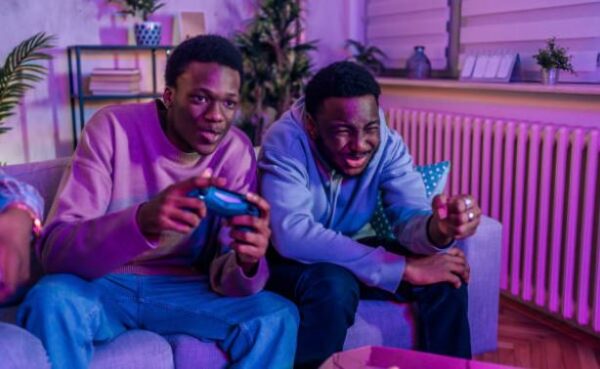
A micro-survey conducted in August has highlighted which hobbies women find attractive or unattractive in men, offering fresh insights into the dynamic between hobbies, perceptions, and gender.
This forced-choice survey by Date Psychology which sampled over 800 participants, asked women to evaluate 74 male hobbies, while men were tasked with predicting what women might find attractive or unattractive.
The data revealed significant congruence between the two groups, yet a few surprising differences also emerged. Among the most attractive hobbies to women were those that reflected creativity and intellectual curiosity, such as playing a musical instrument and learning foreign languages.
The survey showed that women are drawn to hobbies that suggest a man possesses skills and knowledge that extend beyond the ordinary. Artistic pursuits also scored highly, with reading being rated as one of the most attractive hobbies overall.
Athletic hobbies like swimming topped the charts, with 85% of women rating it as attractive. Interestingly, while traditionally “masculine” pursuits like boxing and MMA were considered attractive by some, they ranked lower in comparison to other athletic or martial hobbies like fencing, archery, and horseback riding.
These results point to a nuanced perception of physical prowess, where high-status skills tend to win over brute strength. Conversely, hobbies tied to antisocial behaviour and “vice” were overwhelmingly rated as unattractive.
Watching manosphere videos, collecting Funko figurines, and engaging in online arguments were considered some of the least appealing hobbies. Collecting comic books and clubbing also fared poorly, with many women deeming these activities as either too niche or unappealing for long-term compatibility.
The survey also revealed that men generally underestimated how attractive their hobbies were perceived. For instance, many men believed women would find video games and motorcycle riding more attractive than the survey indicated.
This suggests that certain male-dominated hobbies may hold more appeal for other men than for women, who appear to prioritise hobbies that foster personal development, creativity, and emotional intelligence.
One key takeaway is that women seem to value hobbies that either directly involve them or signal a man’s ability to engage meaningfully with his surroundings.
Cooking, for example, was almost universally rated as attractive, while activities such as woodworking and gardening also received high scores. These are practical hobbies, showcasing a blend of creativity and self-reliance.
The results, while insightful, have their limitations. The survey’s participants were primarily highly educated, with 45% holding advanced degrees. The sample also lacked diversity, with most respondents being white women, potentially skewing results towards hobbies considered higher status in certain cultural contexts.
Despite these factors, the survey presents a broad picture of how women perceive men’s hobbies and offers a guide for men to select hobbies that reflect their authentic selves while also appealing to potential partners.
Ultimately, as the survey suggests, men should focus on hobbies that they genuinely enjoy, as authenticity often holds the most appeal in building meaningful connections.
